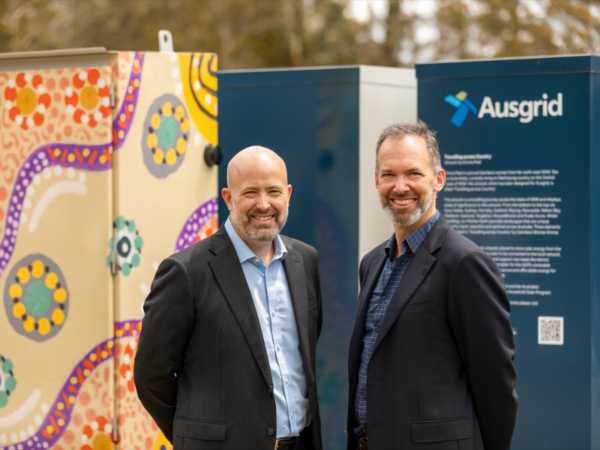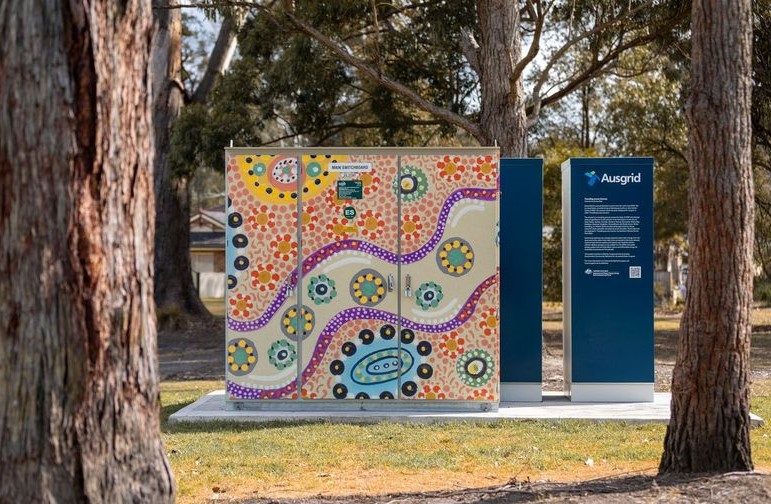The Australian Renewable Energy Agency (ARENA) said the first round of the federal government’s Community Batteries for Household Solar program attracted 140 eligible applications with a total grant request of $1.3 billion. This represents more than 10 times the $120 million available under the program’s opening round of funding.
ARENA Chief Executive Officer Darren Miller said the unprecedented demand highlights the significant opportunities for shared local energy storage to store excess solar energy for later use, easing pressure on the local electricity grid.
“Through these initial projects we hope to see community batteries enable cheaper, cleaner energy storage to communities and provide valuable knowledge that can be shared across Australia to fast-track the implementation of these local batteries,” Miller said.
ARENA opened the first round of the community batteries funding program in April. The agency said 31 applications, representing a total grant request of $231 million and total project value of $530 million, have now been shortlisted and invited to submit full applications.
Shortlisted applicants must install a minimum of five community batteries, between 50 kW and 5 MW in size each and connect to the local grid as front-of-meter devices.
The federal government has allocated $200 million to deploy 400 community batteries across Australia. ARENA has been appointed to manage the funding program and will select the remaining 342 projects after the Department of Climate Change, Energy, the Environment and Water (DCCEEW) approved the first 58 community batteries through the Business Grants Hub.
The second of those initial 58 batteries is now online with Ausgrid commissioning a 412 kWh battery at Narara on the NSW Central Coast.

Image: Ausgrid
Ausgrid Chief Executive Officer Marc England said the battery will increase capacity for local rooftop solar as well as support energy security and grid reliability.
England said community batteries are uniquely placed to address the local challenges of higher peak demand and the hollowing out of system demand during the day; supporting the network during peak times and avoiding the need for network augmentation that would otherwise be necessary to address grid constraints.
“We are confident community batteries of all sizes attached to the distribution network will play a vital role in supporting our energy transition to 100% renewables,” he said.
“Ultimately, as we continue to work toward making these batteries a viable storage as a service solution, the community will receive greater benefit, while greening the grid.”
The Narara community battery is Ausgrid’s second community battery installed as part of the federal government funding program.
In September, it commissioned at 412 kWh neighborhood battery in Cabarita, Western Sydney. The Cabarita battery reportedly stores power from 50 households with rooftop solar and shares electricity with approximately 150 households.
This content is protected by copyright and may not be reused. If you want to cooperate with us and would like to reuse some of our content, please contact: editors@pv-magazine.com.









By submitting this form you agree to pv magazine using your data for the purposes of publishing your comment.
Your personal data will only be disclosed or otherwise transmitted to third parties for the purposes of spam filtering or if this is necessary for technical maintenance of the website. Any other transfer to third parties will not take place unless this is justified on the basis of applicable data protection regulations or if pv magazine is legally obliged to do so.
You may revoke this consent at any time with effect for the future, in which case your personal data will be deleted immediately. Otherwise, your data will be deleted if pv magazine has processed your request or the purpose of data storage is fulfilled.
Further information on data privacy can be found in our Data Protection Policy.